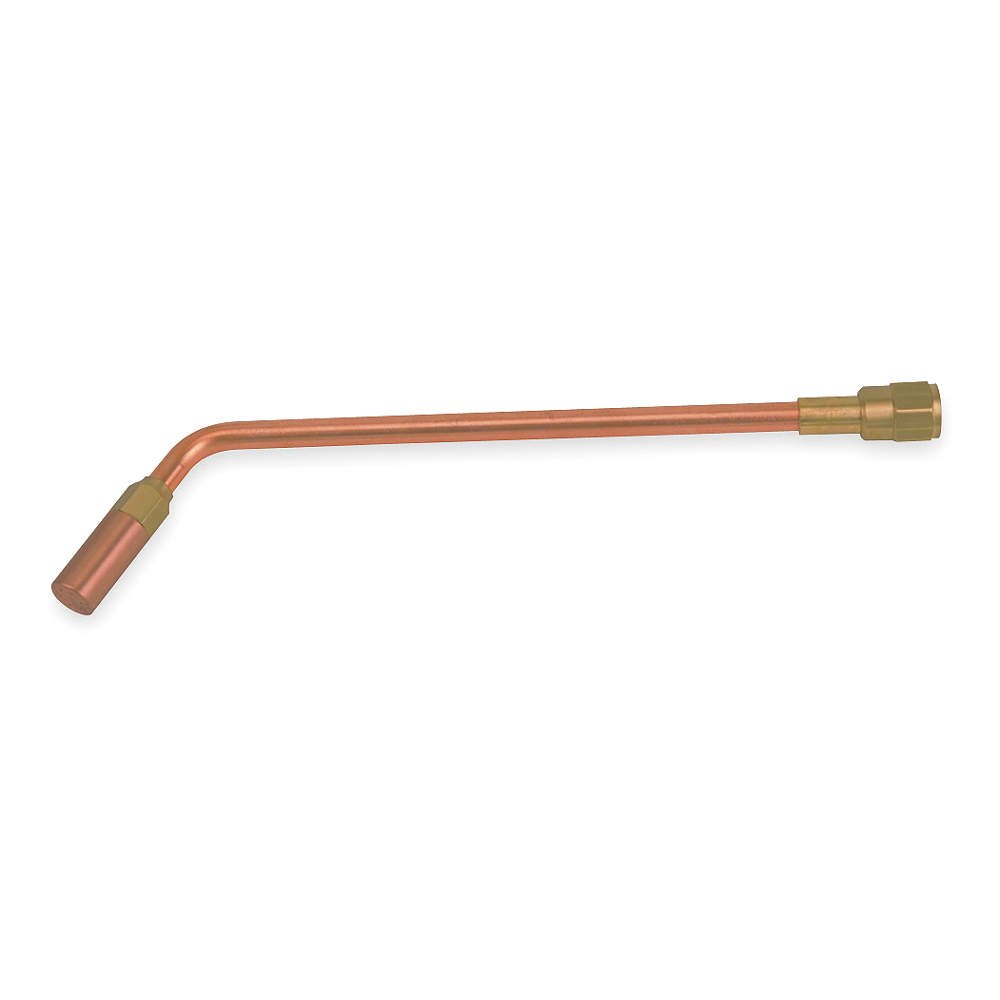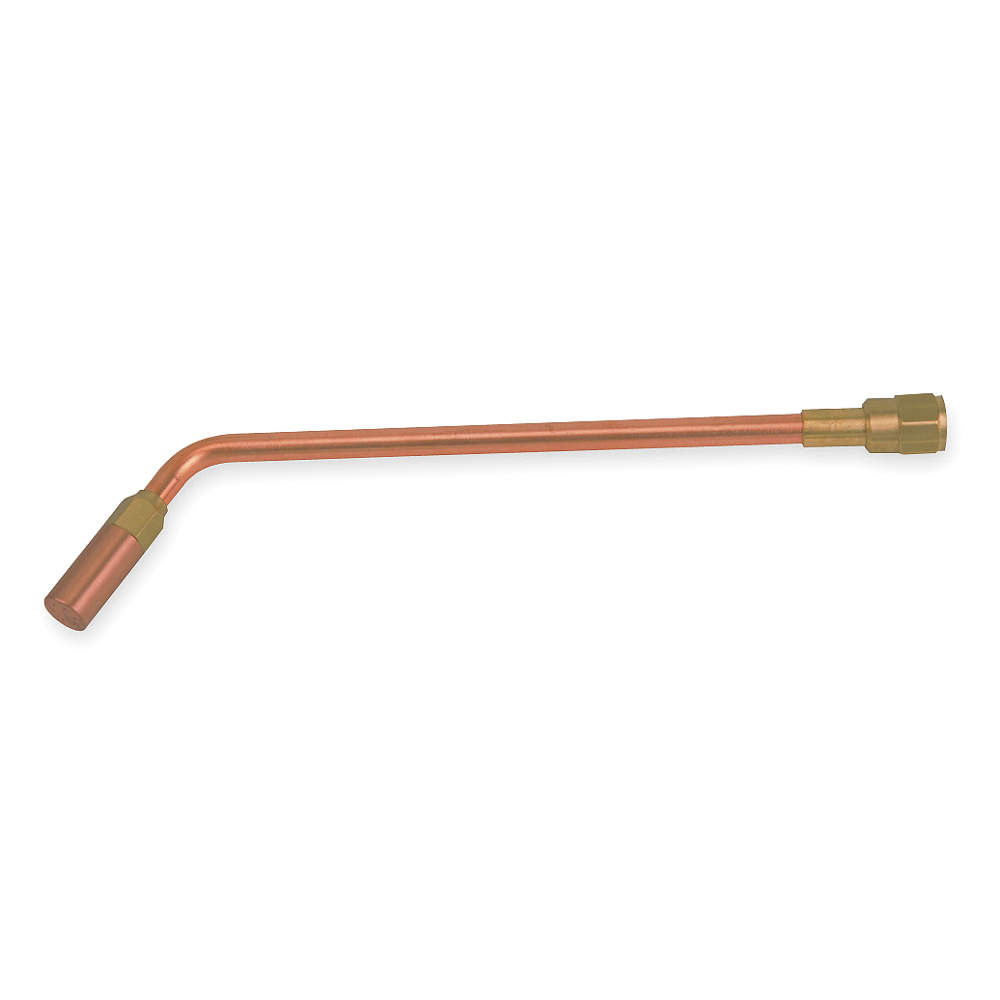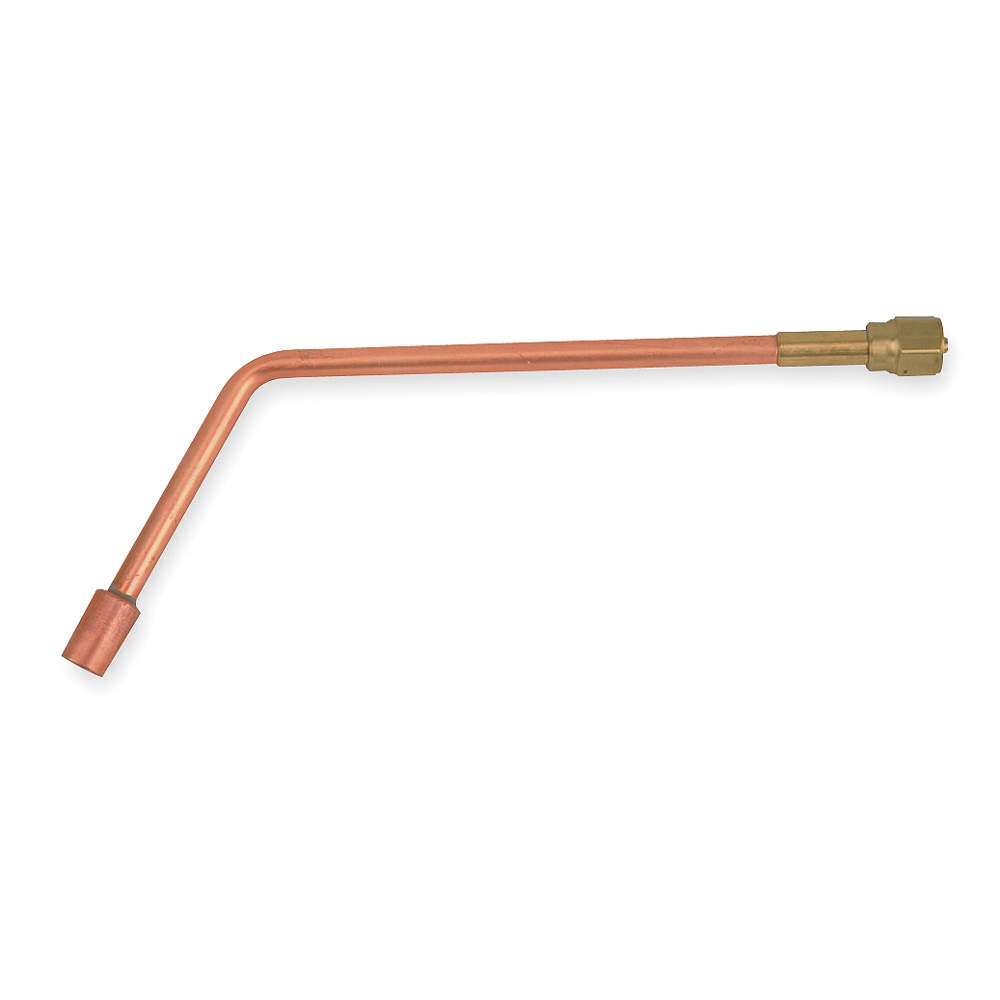Victor Thermal Dynamics laid its foundation back in 1913. Since then, it has been manufacturing cutting & welding equipment in the automotive, construction, fabrication & manufacturing, farming, oil ...Read More
Victor Thermal Dynamics laid its foundation back in 1913. Since then, it has been manufacturing cutting & welding equipment in the automotive, construction, fabrication & manufacturing, farming, oil & gas and transportation industries. Headquartered in St. Louis, Missouri, USA, Victor Thermal Dynamics offers an extensive catalogue including oxy-acetylene, oxy-fuel equipment, cutting attachments, torch handles, cutting tips, welding nozzles, gas regulators and cutting & welding joints. Read Less
 Change Country
Change Country

